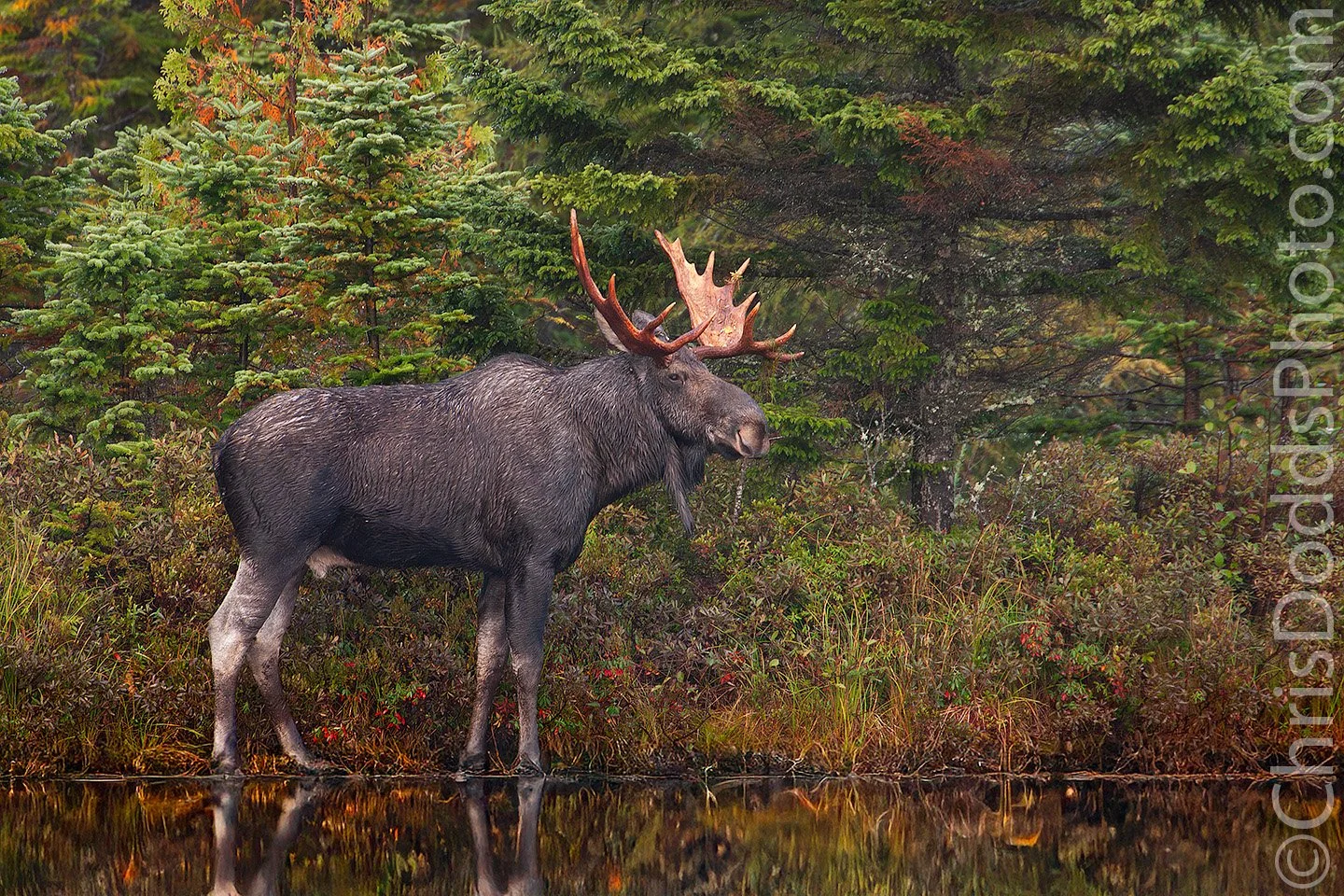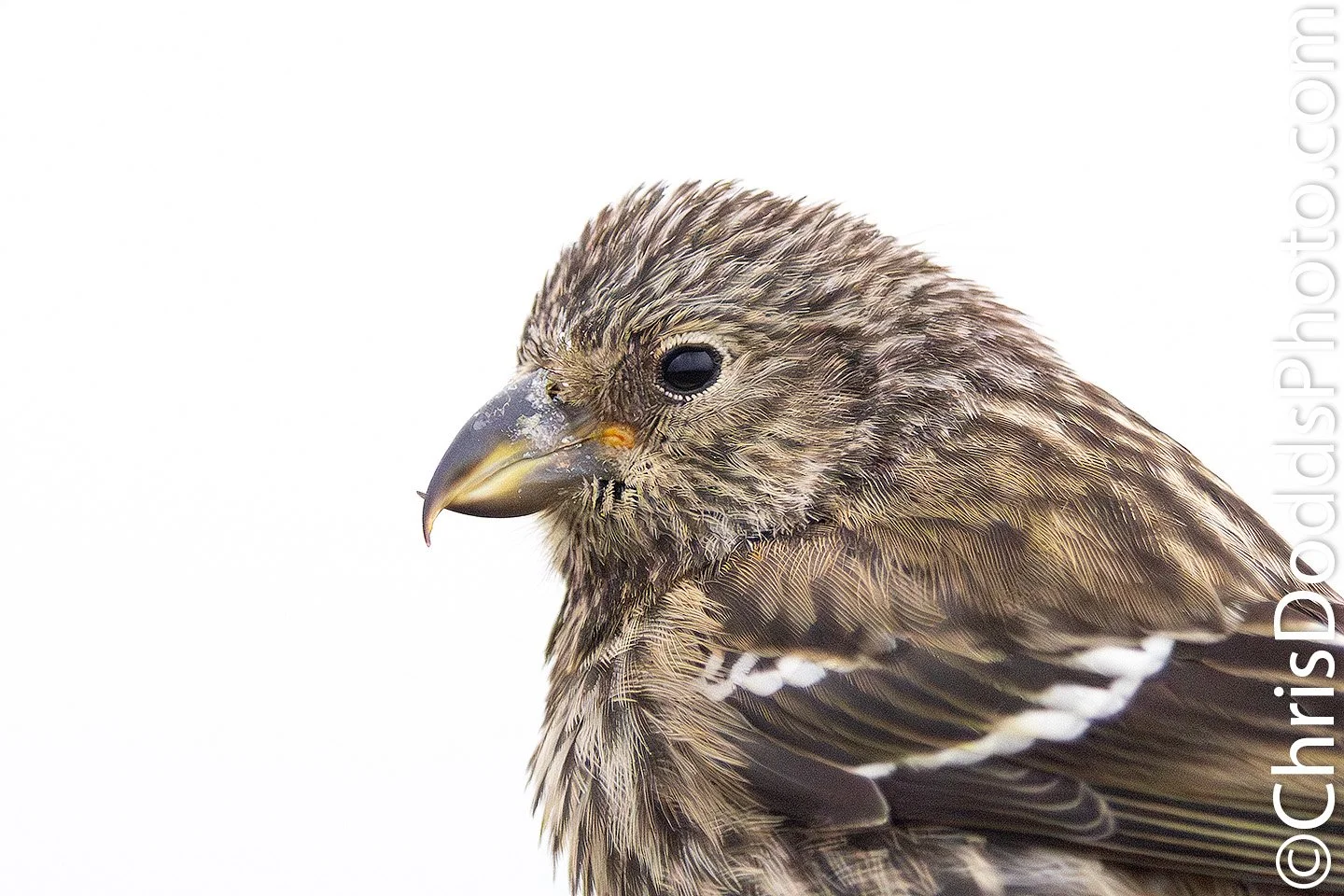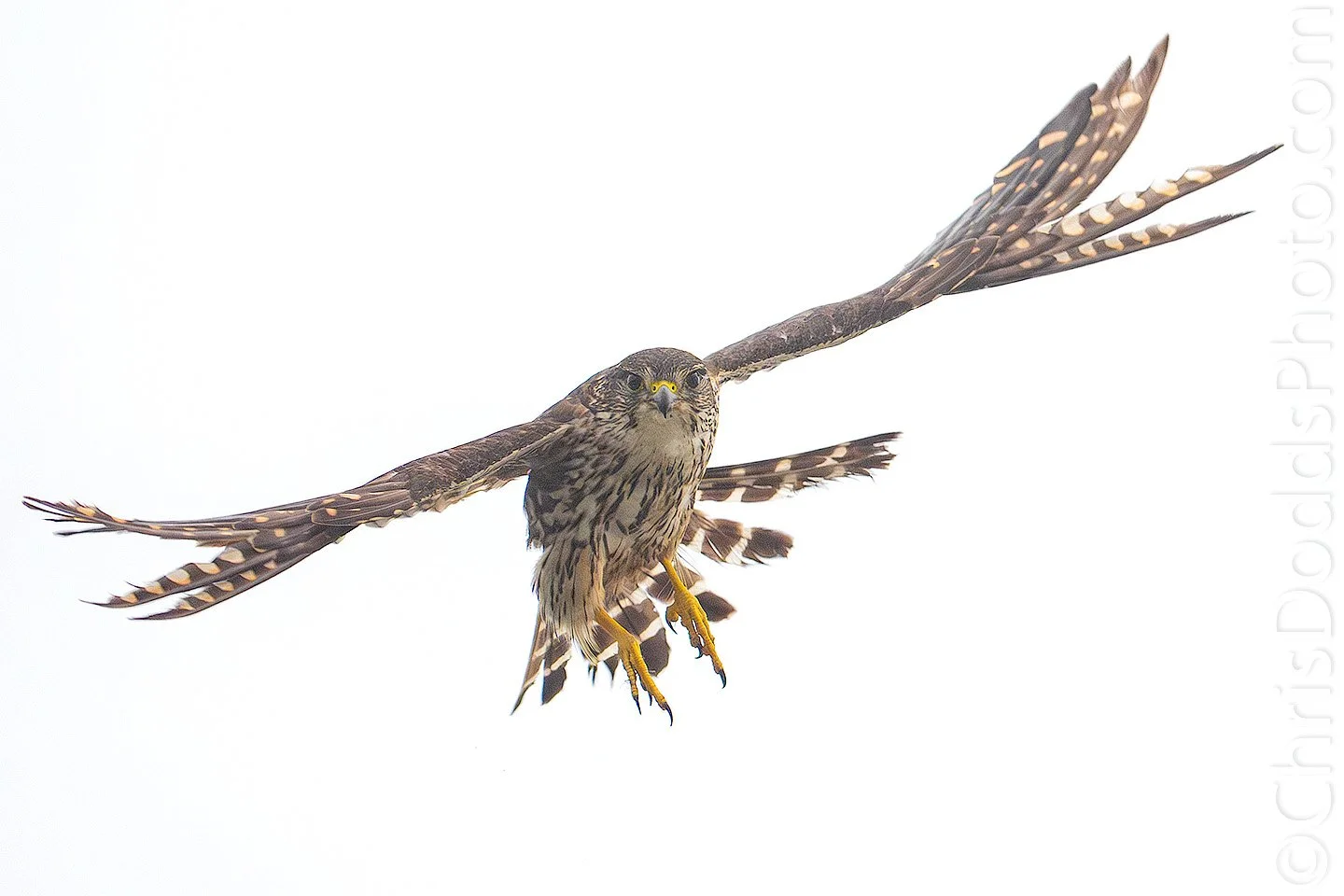Our Cross-Canada road trip began and ended at Algonquin Park, Ontario, with a few quiet days on each end to reconnect with the landscape that first inspired my love of nature photography nearly fifty years ago.
Over the decades, I’ve spent countless hours hiking the park’s longer trails, camera in hand, hoping to encounter wildlife. In the 1970s and 80s, it seemed almost inevitable — moose were abundant, and every trip promised new encounters. But times have changed. Wildlife sightings have become rarer, and recent hikes are often more about soaking in the atmosphere — the scent of pine and spruce, the soft light filtering through the forest, and the meditative rhythm of the trails — than about the animals themselves.
As always, this year I heard the familiar refrain from fellow visitors and friends texting: “A friend saw a moose just yesterday — over by [somewhere else].” I’ve learned not to chase those leads. I prefer to trust the process, stick to my plans, and take whatever nature offers along the way.
On one of those quiet mornings, patience paid off. In a remote, seldom-visited area, I came across a mature bull moose standing motionless on the edge of a still pond — a scene straight out of Algonquin’s timeless wilderness.
For this image, I used the Sony α1 II paired with the Sony 400–800mm zoom, shooting at 800mm, f/8, ISO 16,000, and 1/5000 sec. The fast shutter speed ensured I’d be ready for any sudden movement — a head shake, a step into the water, or the flick of an ear catching light. Despite the high ISO, the α1 II handled the low light beautifully, preserving fine detail in the moose’s dark coat and the rich texture of the antlers.
From a biological standpoint, it’s difficult to determine a moose’s exact age by sight. But this bull’s broad, deeply palmated antlers, muscular frame, and darkened antler coloration suggest a fully mature individual — likely five to eight years old, in the prime of his life.
Encounters like this are rare and deeply rewarding. They remind me why I keep returning to Algonquin — not just for the wildlife, but for those quiet moments of connection with a place that continues to shape my photography and perspective after all these years.




















